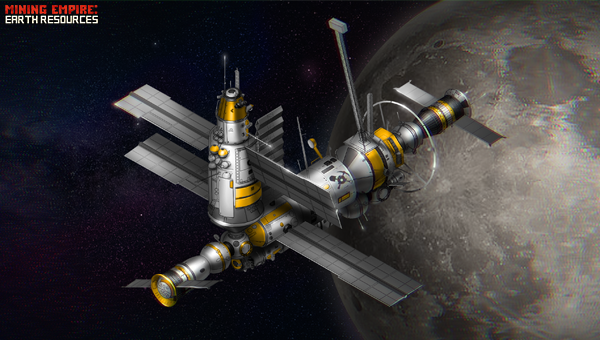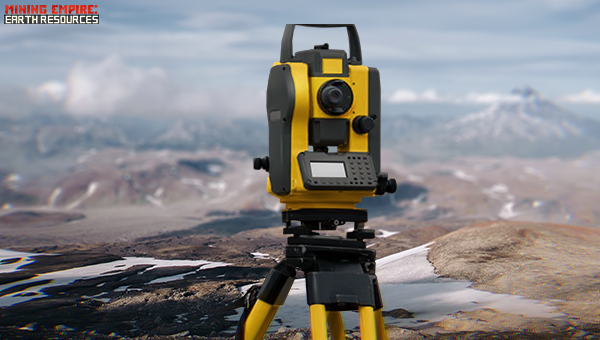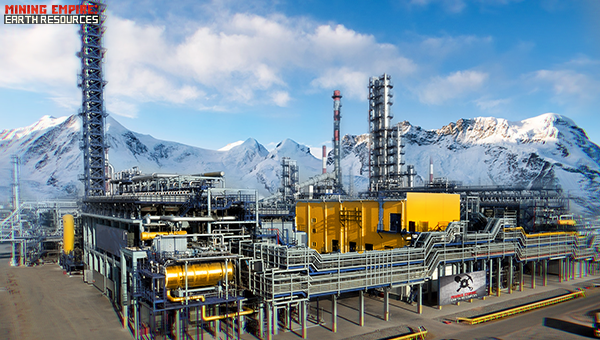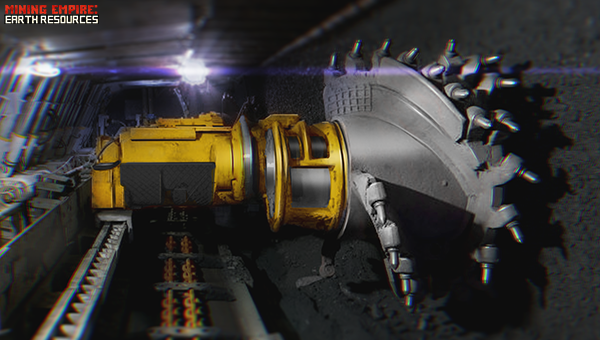Sneak Peek #15 - Placer mining
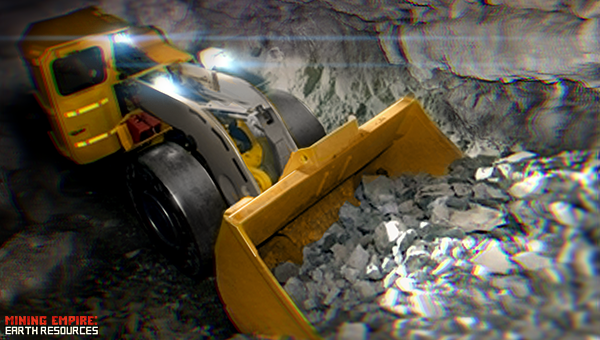
Placer mining, ancient method of using water to excavate, transport, concentrate, and recover heavy minerals from alluvial or placer deposits. Examples of deposits mined by means of this technique are the gold-bearing sands and gravel that settle out from rapidly moving streams and rivers at points where the current slows down. Placer mining takes advantage of gold’s high density, which causes it to sink more rapidly from moving water than the lighter siliceous materials with which it is found. Though the basic principles of placer mining have not altered since early times, methods have improved considerably.
Specific placer mining equipment is needed for each of the methods which can be classified according to the several methods of excavating and transporting the gravel, or they may be designated to correspond with the various ways of saving the gold. The actual moving of the gravel from place is always the principal concern of the miner, and often the gold-saving is entirely incidental to the working of the deposit. The following classification, therefore, seems the most logical and is the one generally used by placer miners:
- hand-shoveling;
- ground-sluicing;
- hydraulicking;
- excavating by teams or power equipment;
- dredging;
- drift-mining.
